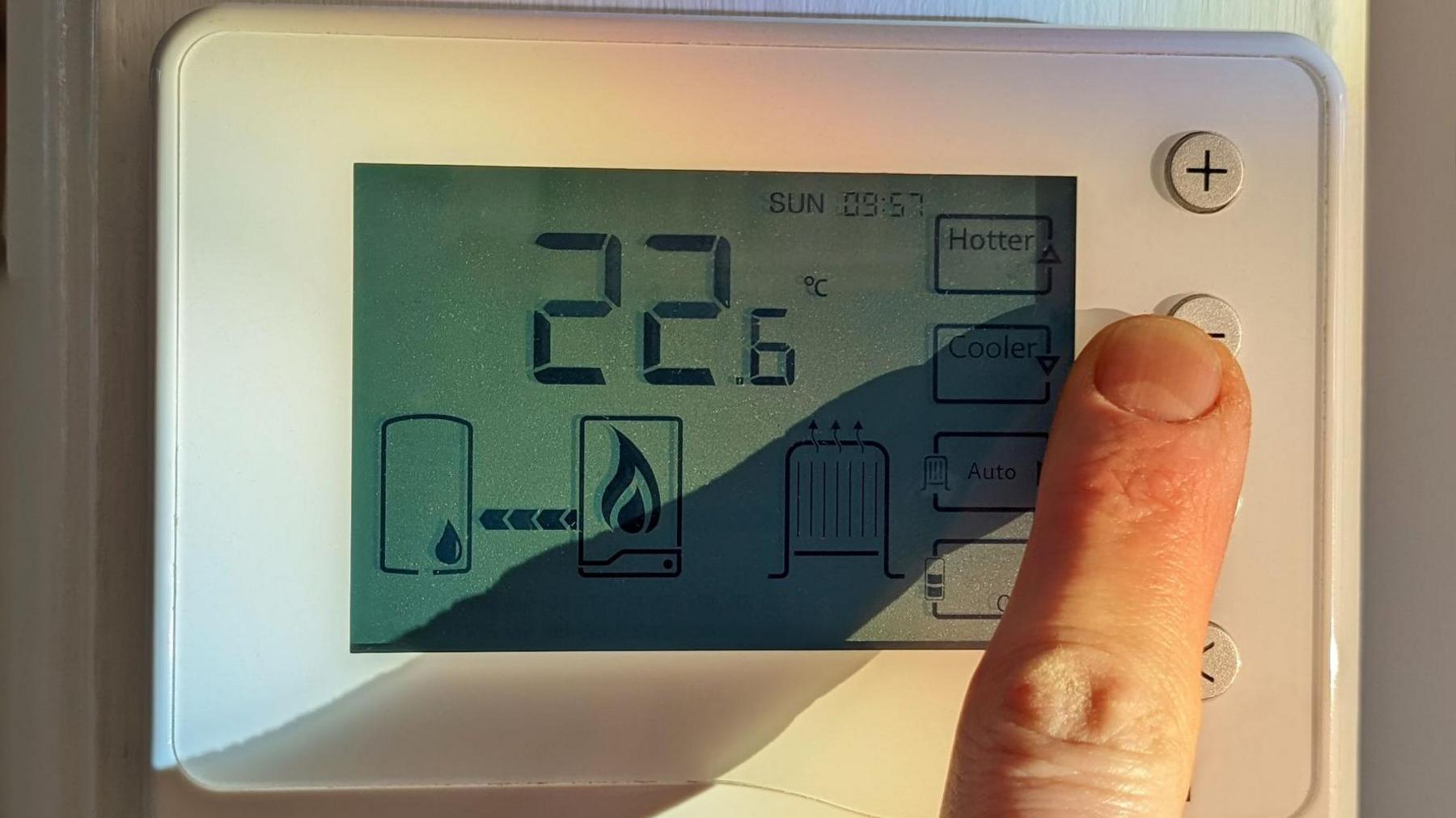How do I switch electricity provider?

The Utility Regulator is urging more consumers to engage with the market to save money on their electricity bills
- Published
Households across Northern Ireland are being told to shop around when it comes to their electricity provider.
The Utility Regulator is urging more consumers to engage with the market to save money on their bills.
Six electricity suppliers operate in Northern Ireland, offering 52 different tariffs.
Last year, 121,000 consumers switched electricity providers, representing a small proportion of the whole market.
That is the highest number of switches in seven years.
However, Electric Ireland is in the process of exiting the domestic market.
The Dublin-based firm will continue to supply business customers in Northern Ireland.
Power NI, the biggest supplier in Northern Ireland, is increasing its price from 1 December, adding around £38 a year onto a typical household bill.
Electricity prices remain around 70% to 80% higher than they were three years ago.
'It's simple to engage with the market'

Colin Broomfield, director of markets at the Utility Regulator, said that most consumers still do not engage with their suppliers
Colin Broomfield, director of markets at the Utility Regulator, told BBC News NI that most consumers still do not engage with their suppliers or switch.
“The key message we want to get across is for consumers to actively engage with the market," he said.
“Make sure that you look around, use tools to compare prices, and that will help inform your decision and make sure you are on the best tariff available.
“It is simple to engage with the market.
"The process of switching is straightforward and the money you could save can be significant, saving you potentially hundreds of pounds."
'Most people are paying more than they should be'

Raymond Gormley, head of energy policy, at the Northern Ireland Consumer Council says that consumers should not be complacent about their tariff
The Consumer Council in Northern Ireland has also seen more traffic to its switching tool.
Raymond Gormley, head of energy policy at the Northern Ireland Consumer Council, told BBC News NI the process is not complicated.
“Most people are probably paying more than they should be," he said.
"You don’t have to switch suppliers; you can change tariffs. Your existing supplier will want to keep you and can offer you a discount.
“The little time it takes to switch, it is worth it. Consumers should not be complacent about their tariff as there is money to be saved.
"Don’t accept being on a standard tariff, as every pound counts at the moment.”
How do I switch electricity provider?
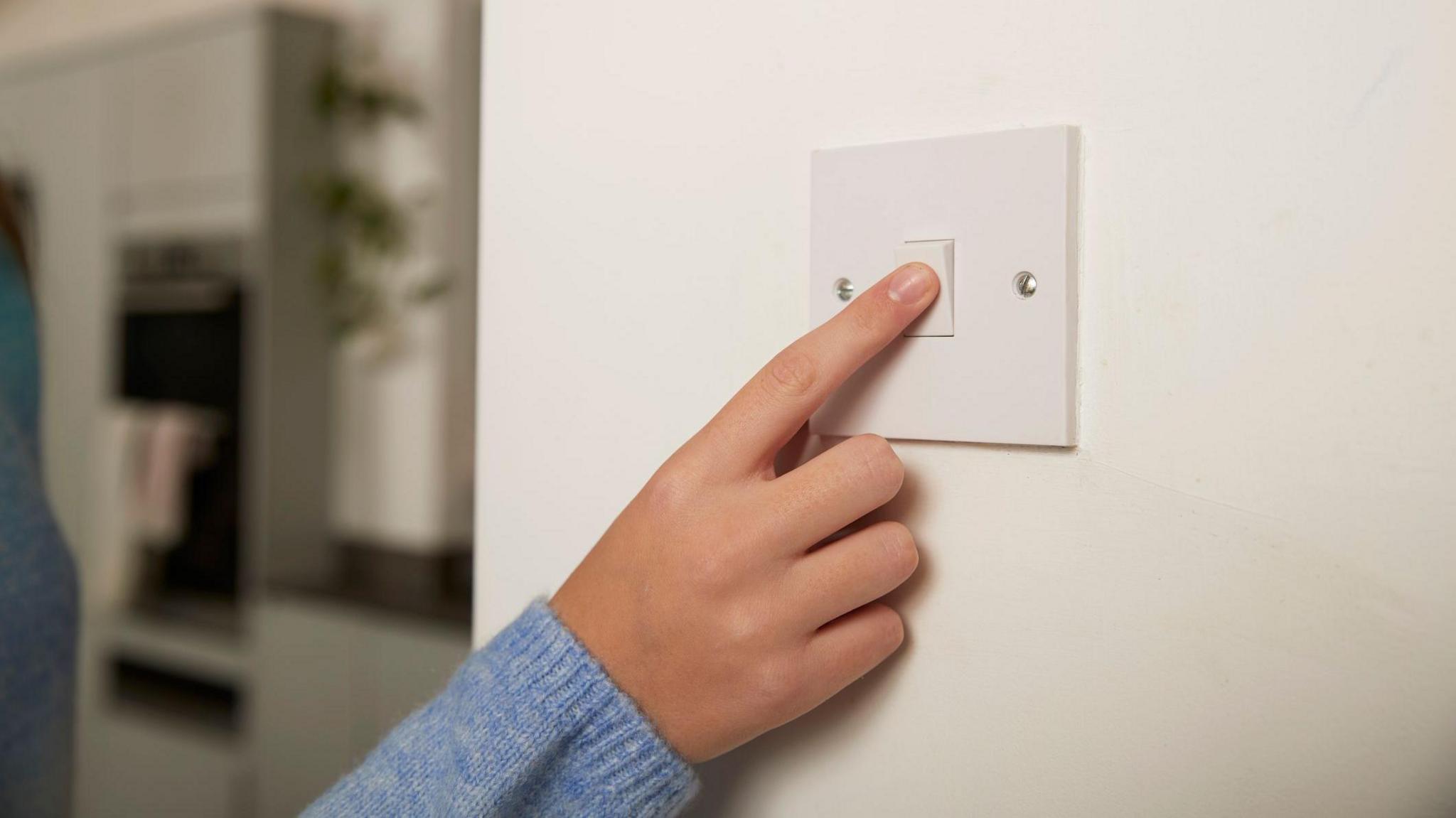
Your tariff refers to the amount of money you pay per unit of electricity used, with suppliers offering different tariffs
It is important to shop around, using information from each supplier or comparison tools.
Any saving is an estimate or guide, as actual usage may differ month to month.
Different switching tools may also provide varied information on savings, depending on whether or not they build in planned price increases.
You can keep the same supplier but change to a different and cheaper tariff.
'Cooling off' period
Your tariff refers to the amount of money you pay per unit of electricity used, with suppliers offering different tariffs.
In order to switch, you have to be the account holder.
Your most recent energy bill will include the required details, such as the Meter Point Reference Number (MPRN), which is an 11-digit number.
It will also tell you which tariff you are currently on, how much energy you use in a certain period, or how much you spend on your bills.
A meter reading is often required as part of the switching process.
If you plan to pay via direct debit (DD), you will need to provide your bank details.
The new supplier will facilitate the switch on your behalf, and you do not have to tell your current provider you are leaving.
There is a ‘cooling off’ period of 10 working days if you change your mind.
There is no disruption to your supply, and switching is available to all households, including keypad customers (PAYG).
However, if you are in an existing contract with a supplier, you may have to pay an exit fee, and if you owe your current supplier money, you may not be able to move to a new electricity provider.
Who are the electricity suppliers in Northern Ireland?
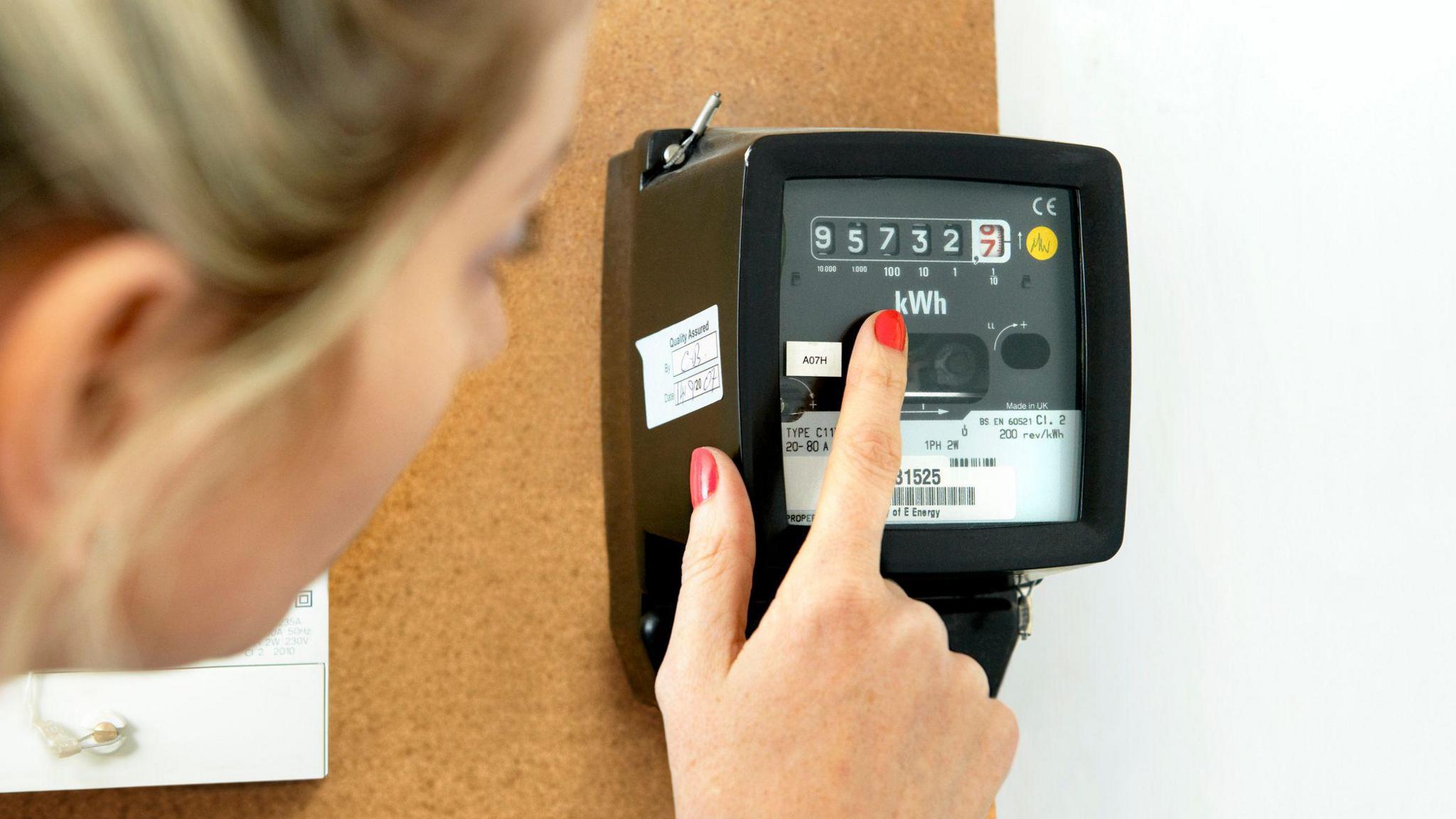
The price of electricity varies by supplier and tariff with each supplier offering a range of tariffs
Currently in Northern Ireland there are six energy suppliers:
Budget Energy
Click Energy
Electric Ireland
Power NI
Share Energy
SSE Airtricity
Electric Ireland is in the process of exiting the domestic market.
Power NI is the only electricity supplier in Northern Ireland that is regulated, meaning its prices are directly controlled by the Utility Regulator.
How much does electricity cost?
Six electricity suppliers operate in Northern Ireland, offering 52 different tariffs.
The current difference between the most expensive and cheapest tariff available is more than £400 for the year, based on average consumption.
Electricity in Northern Ireland is measured by kilowatt hours (kWh).
A kWh is a unit of energy that measures how much electricity is used over a period of time.
The price of electricity varies by supplier and tariff with each supplier offering a range of tariffs.
Prices go up and down due to a number of factors like international energy prices and demand.
Is electicity cheaper at night time?
Depending on your tariff, there can be a different rate for day and night ('peak' and 'off-peak').
Other tariffs will have a set price throughout the day.
- Published9 May 2024
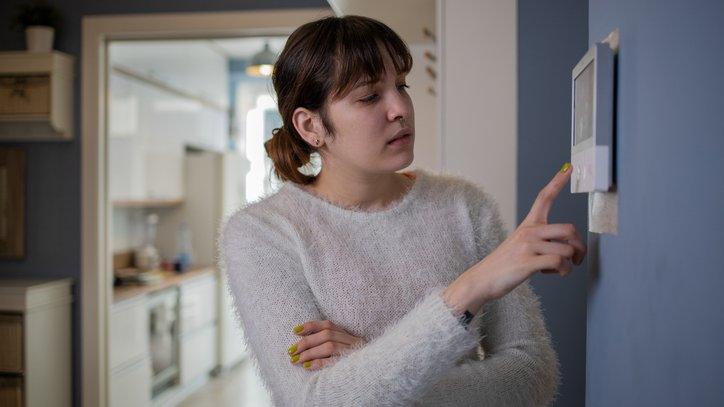
- Published1 November 2024
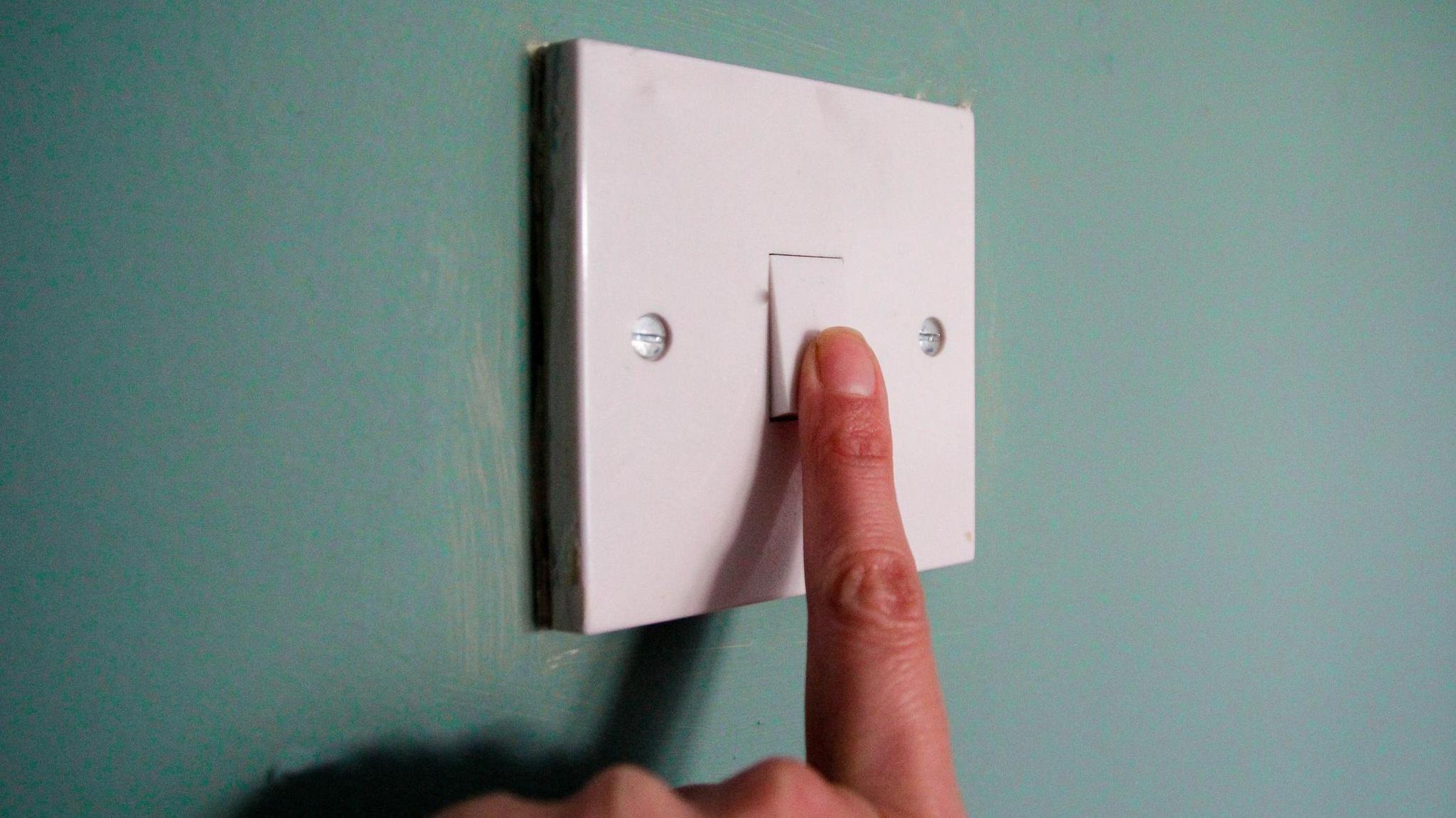
- Published3 September 2024
